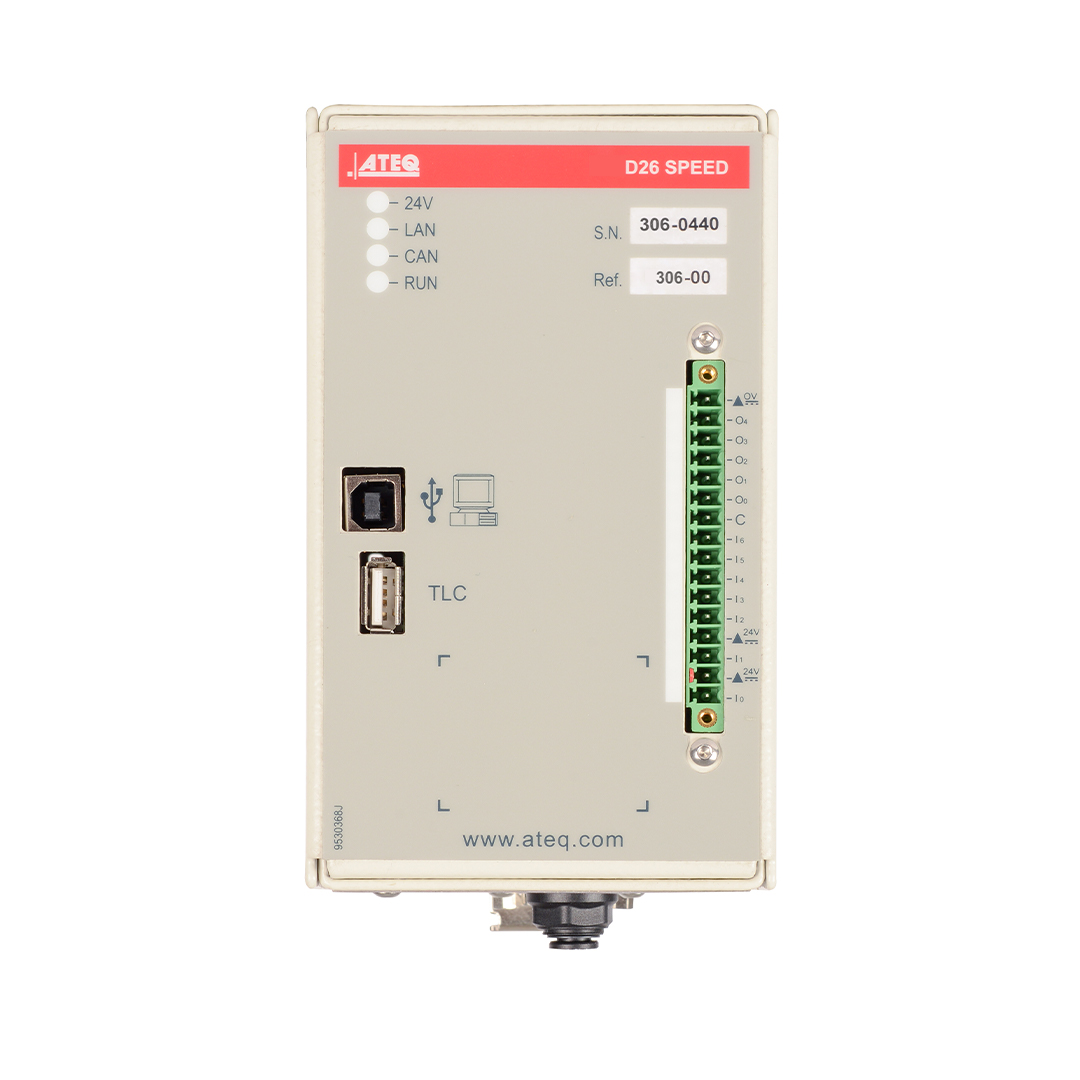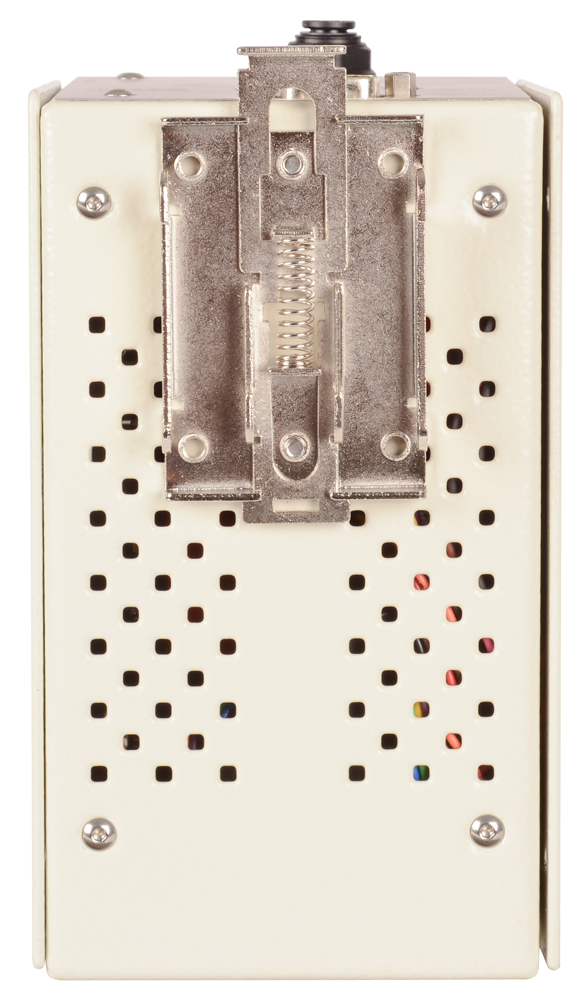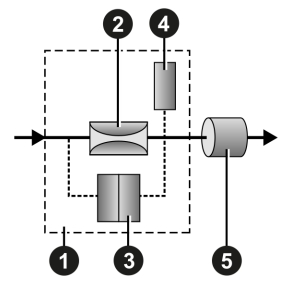

D26 SPEED – HIGH SPEED COMPACT FLOW TESTER
Without any doubt, the smallest high-performance flow tester on the market (240 parts/min).
Specially adapted for automatic and semi-automatic test machine, the D26 Speed has a full range of specifications at a very competitive price.
D26 SPEED : APPLICATIONS
Valves, lighter, pneumatic and hydraulic fitting…
D26 SPEED : FEATURES
• Continuous flow measurement
• Flow rate 500 l/h – 2 bar (other range possible)
• Wide range of measurement
• 8 programs
• Set up on line via USB port
• Recalculated flow at the nominal pressure
• Air operation or in gas
• 0-10V analog output
• Controllable auto-zero
• I/O TOR
• Compact enclosure (h 163 x l 88 x P 85)
• Flexible mounting styles
ENVIRONMENT :
ROHS standard
FLEXIBLE COMMUNICATION FORMAT :
•RS232: USB, printer, PC

MEASUREMENT RANGES :

D26 SPEED : SPECIFICATIONS
PHYSICAL
- Weight : 1.5 Kg
- Dimensions : (WxHxD) 163x88x85 mm
ELECTRICAL SUPPLY
- 24VDC/1.6A
- Main adaptater included 110 – 230 VAC
TEMPERATURE
- Operating : + 5°C at + 45°C
- Storage : 0°C at + 60°C
INDICATOR LIGHTS
- Cycle in progress
- CAN
- Ethernet 24V
AIR SUPPLY
- Clean and dry air
- Air quality standard to be applied (ISO 8573-1)
- Clean and dry air
D26 SPEED : FACTSHEETS
Detailed information about the D26 SPEED including features, specifications, etc.
D26 SPEED : TECHNOLOGY
The range of ATEQ Leak Testers can be fit with as many as 6 different technologies. Most Leak Testing companies around the world claim that this or that technology is better than the others … and they are all right. Each technology is best suited for specific applications but ATEQ is the only company that masters them all.
Furthermore, ATEQ has improved each of these technologies thanks to its 50+ develoment engineers team who work all year long with end users to solve real life application issues.
Sometimes a leak can be considered as a “small flow”, or a flow as a “big leak”. When your reject level is too high for other technologies, it may be necessary to use a laminar flow tester. A flow takes place between the pressure line and the leak hole of the part.
Our instrument features a laminar flow element across which our differential pressure transducer is connected.
Every flow generates a pressure difference between the inlet and outlet of the laminar flow element, and this variation is measured by the pressure transducer.
When the fluid (gas) enters the device 1, it moves through a calibrated flow tube 2 which causes a drop in pressure. The pressure drop is measured by a differential pressure sensor 3. The pressure of the part under test 5 is measured by the sensor 4.


